Like all common grass species, tall fescue requires proper care and maintenance to ensure it remains healthy and attractive year-round. This grass type is beloved for its vibrant green color, adaptability, and tolerance to stress, but homeowners must ensure that they are taking the correct maintenance steps to get the most out of their tall fescue lawn. The guide below will provide key information to help you care for and improve a lawn filled with tall fescue grass.
What Is Tall Fescue?
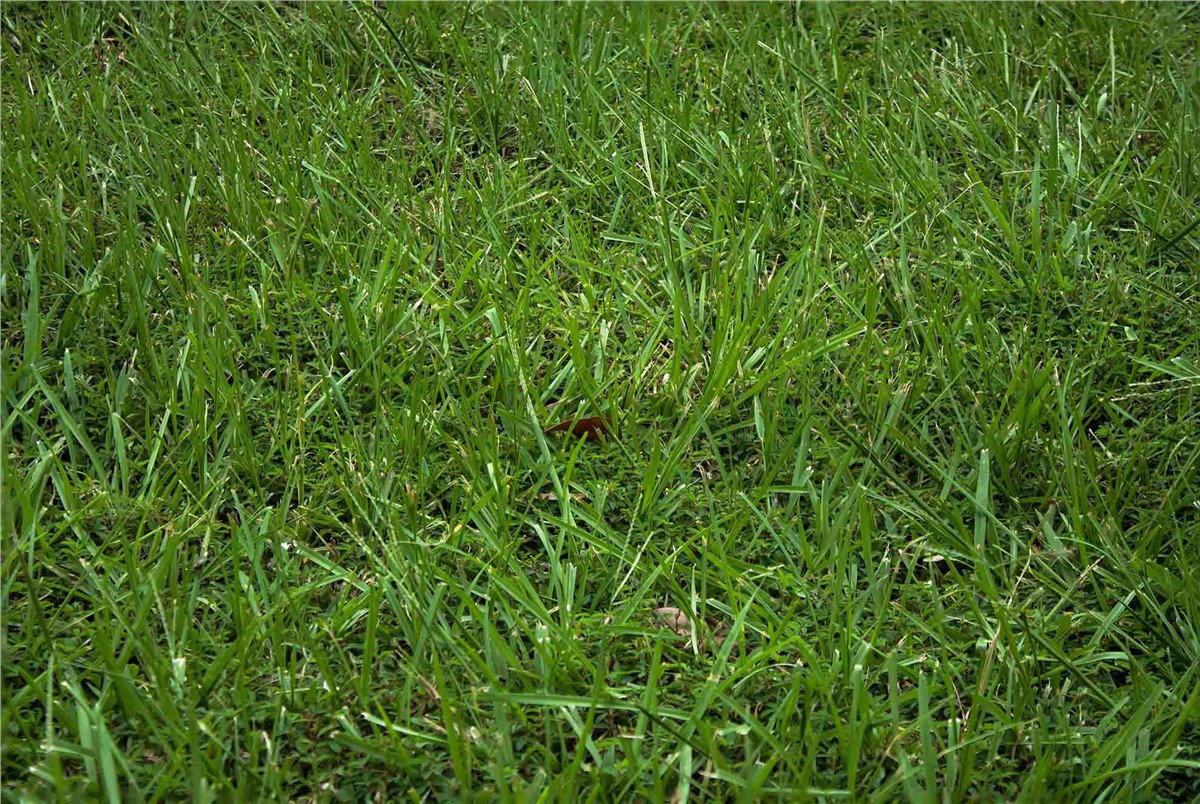
Tall fescue (Festuca arundinacea/Schedonorus arundinaceus) is a cool-season grass that is known for its rich green color, durability, and ability to thrive in a variety of conditions, making it a popular choice for homeowners looking to .
Tall fescue is a bunch-type grass that forms clumps or tufts, rather than spreading through above-ground runners like some other grass species. This growth habit makes it well-suited for areas where a low-maintenance lawn is desired, as it tends to stay in place without invading flower beds or other landscaped areas. Tall fescue has deep roots, which allow it to withstand drought conditions better than many other grass species. It also has excellent wear tolerance, making it a great choice for high-traffic areas.
Appearance Of Tall Fescue
- Height: Tall fescue typically grows to a height of 2 to 4 feet if left unaltered, with some varieties reaching even taller heights under optimal conditions.
- Leaf Structure: Its leaves are long and narrow, with a coarse texture. They often have a folded or ridged appearance and a prominent midrib running down the center.
- Color: Tall fescue leaves are medium to dark green in color, providing a rich and lush appearance to lawns and landscapes.
- Seed Head: During the late spring to early summer, tall fescue produces upright, cylindrical seed heads that rise above the foliage. These seed heads can help identify the grass species during its reproductive phase.
- Texture: The leaves of tall fescue have a coarse texture compared to some other grass species, giving the lawn or landscape a distinct feel underfoot.
- Clumping Growth: Tall fescue grows in clumps or bunches rather than spreading through rhizomes or stolons, giving it a distinctive growth habit.
Planting Tall Fescue
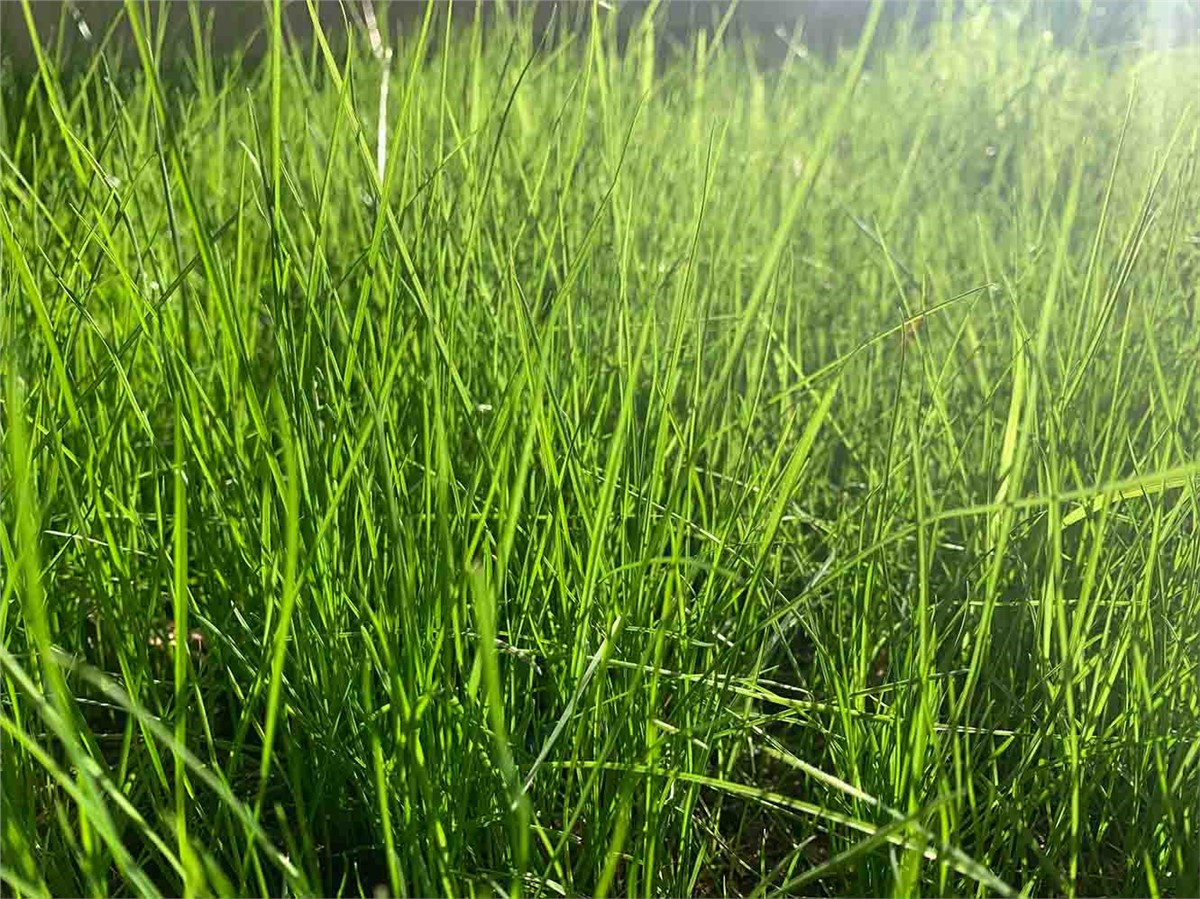
When , proper planting techniques are essential for success. Tall fescue can be seeded or sodded, with each method offering its own advantages and challenges. Seeding is generally less expensive than sodding and allows for greater variety in seed selection, but it requires more time and effort to establish a dense, uniform lawn. Sodding provides instant gratification, as it results in an immediately green lawn, but it can be more costly and may limit the choice of cultivars available.
Regardless of the planting method chosen, proper soil preparation is crucial for tall fescue establishment. The soil should be loosened to a depth of 4-6 inches for tall fescue seed and amended to reach a pH between 5.5 and 6.5. It's also important to select high-quality seed or sod that is appropriate for your region and climate.
Tolerance Of Tall Fescue
- Drought Tolerance: Tall fescue exhibits good drought tolerance once established, thanks to its deep root system.
- Shade Tolerance: While not as shade-tolerant as some other grass species, tall fescue can still thrive in areas with partial shade, provided it receives an adequate amount of sunlight.
- Cold Tolerance: Tall fescue exhibits good cold tolerance and can remain green during cooler months in its suitable growing regions.
- Heat Tolerance: Though tall fescue is generally more heat-tolerant than some other cool-season grasses, it may still experience heat stress during prolonged periods of high temperatures.
- Disease Resistance: Generally, tall fescue is resistant to many common lawn diseases, but certain strains may be susceptible to fungal diseases under certain conditions.
- Salt Tolerance: Tall fescue has moderate salt tolerance, making it suitable for use in coastal areas or landscapes where salt exposure may occur.
Watering & Irrigation

Proper watering is essential for the health of tall fescue lawns, especially during the establishment phase. Newly seeded or sodded lawns should be watered frequently to keep the soil consistently moist, but not waterlogged. Once established, tall fescue lawns typically require around 1-1.5 inches of water per week, either from rainfall or irrigation.
To promote deep root growth and drought tolerance, it's best to water tall fescue lawns deeply and infrequently, rather than shallowly and frequently. Early morning is the optimal time to water, as it allows the grass to dry before evening, reducing the risk of disease.
Fertilization
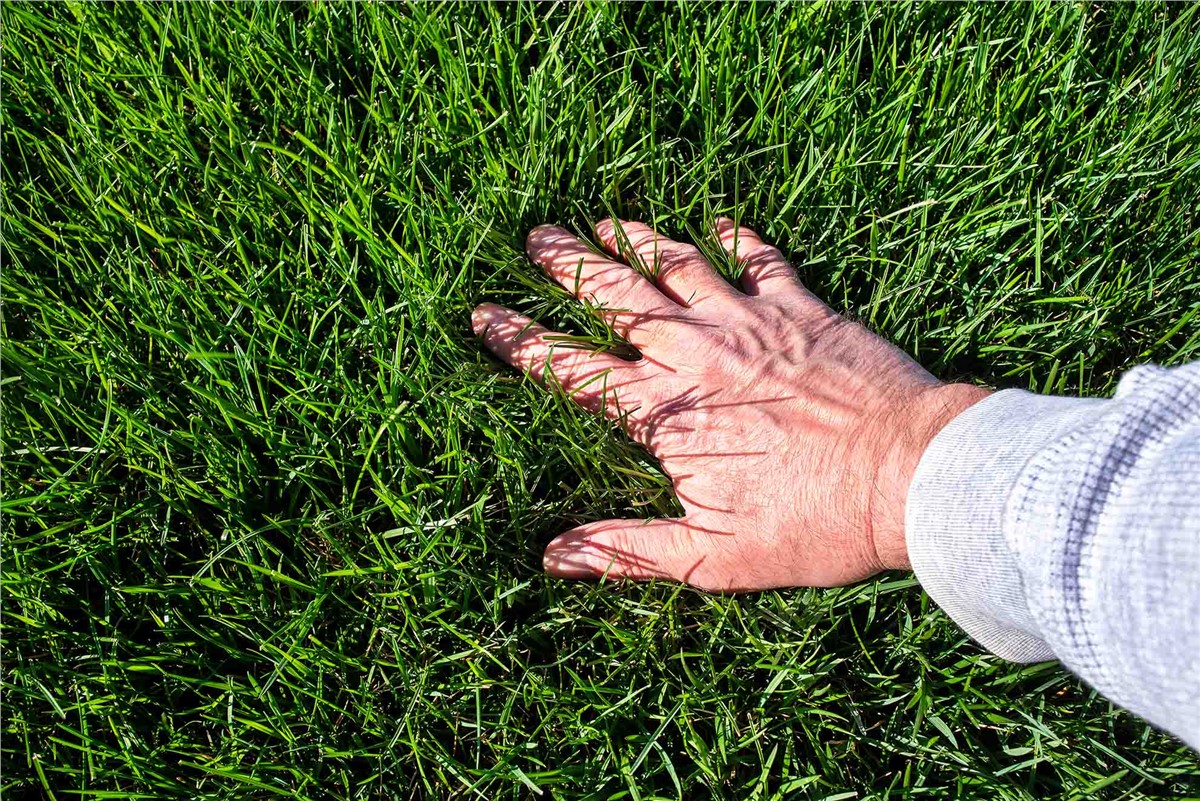
Proper fertilization is key to maintaining a healthy, vibrant tall fescue lawn. A soil test should be conducted before fertilizing to determine the specific nutrient needs of your lawn. In general, tall fescue lawns benefit from a balanced fertilizer with a nitrogen-phosphorus-potassium (N-P-K) ratio of 3-1-2 or 4-1-2.
Fertilizer should be applied in the spring and fall, with rates and timing adjusted based on soil test results and local growing conditions. Slow-release fertilizers are recommended for tall fescue lawns, as they provide a steady supply of nutrients over an extended period, reducing the risk of nutrient runoff and leaching. Aim for 1.5-3.5 pounds of fertilizer per 1,000 square feet.
Mowing
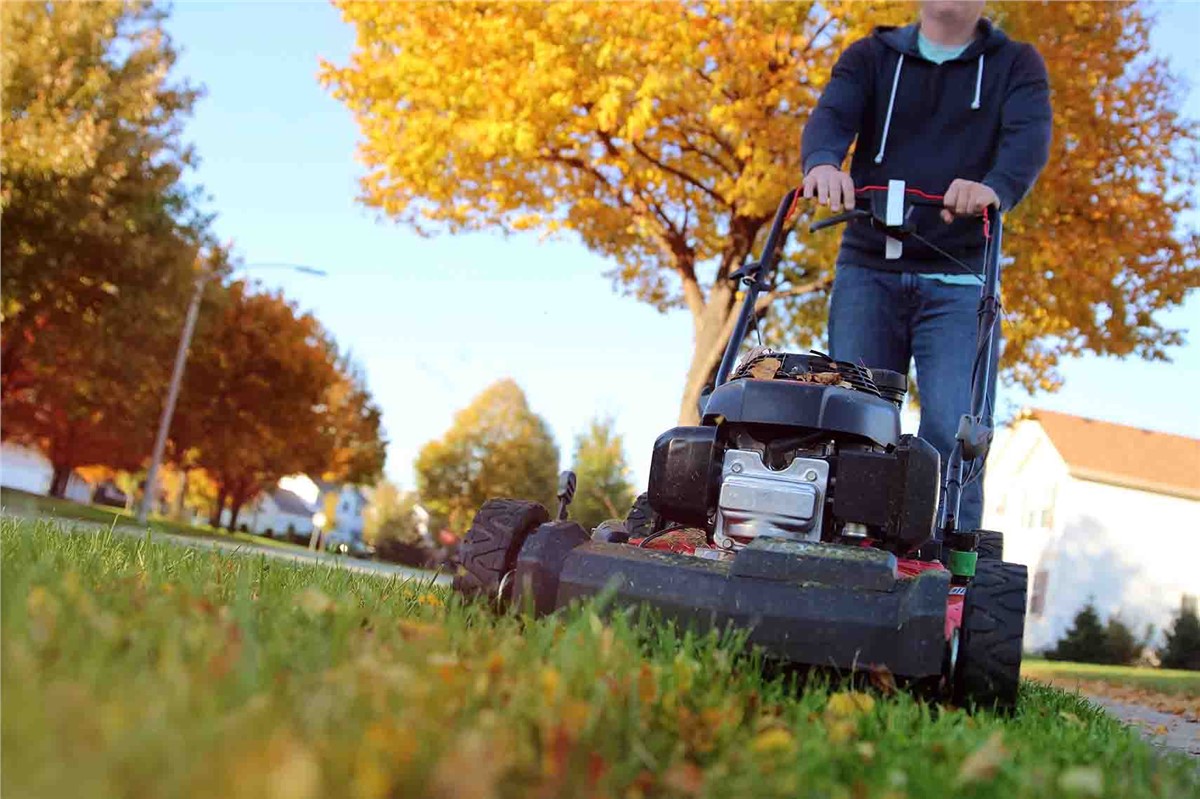
Proper mowing is essential for maintaining the health and appearance of tall fescue lawns. Mowing height can vary depending on personal preference and local growing conditions, but in general, tall fescue should be mowed to a height of 2.5-4 inches. Mowing too short can stress the grass and increase the risk of weed invasion and disease.
It's also important to mow tall fescue lawns regularly, removing no more than one-third of the grass blade at each mowing. This promotes healthy growth and helps prevent thatch buildup. Additionally, keeping mower blades sharp and alternating mowing patterns can help maintain an even, attractive lawn.
Weed Control
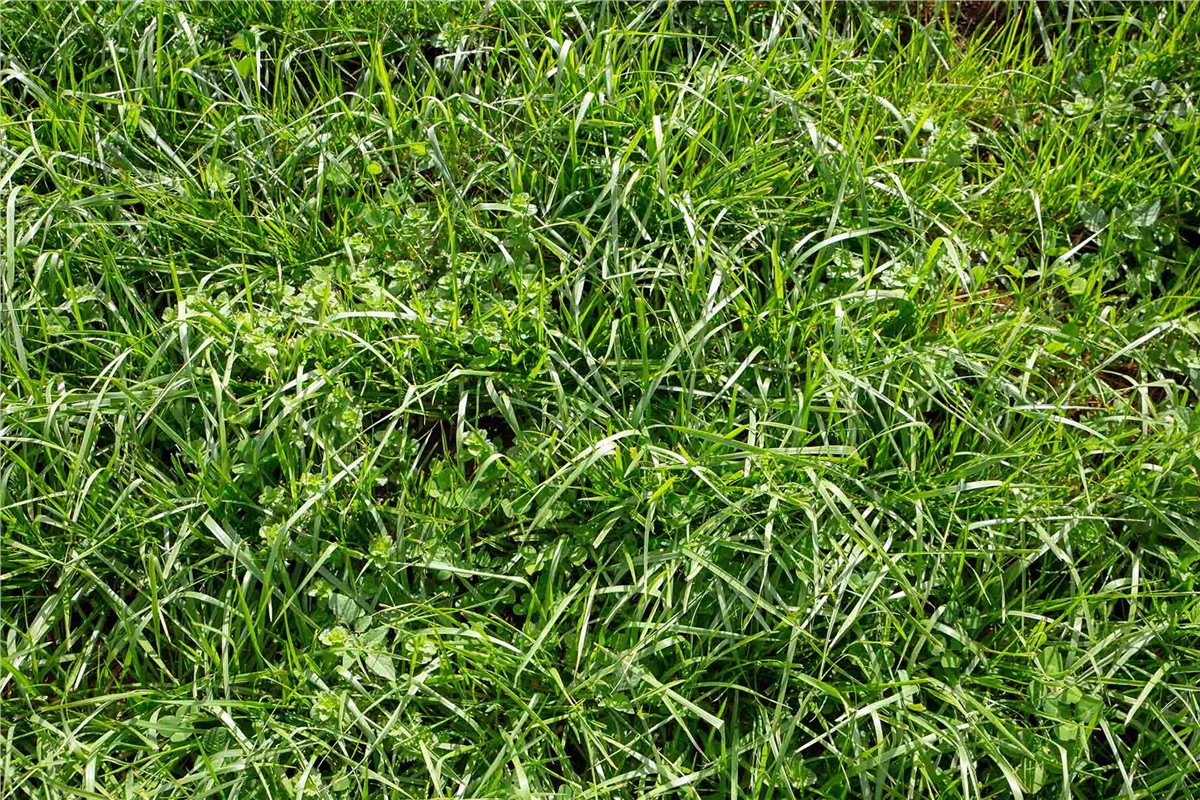
Weed control is an ongoing challenge for many homeowners, but proper cultural practices can help minimize weed infestations in tall fescue lawns. Maintaining a dense, healthy lawn through proper watering, fertilization, and mowing can help suppress weed growth by outcompeting them for resources.
Selective herbicides can also be used to control weeds in tall fescue lawns, but care must be taken to choose products that are safe for use on tall fescue and to follow label instructions carefully. Pre-emergent herbicides can be applied in the spring to prevent annual weeds, while post-emergent herbicides can be used to target existing weeds.
Pest & Disease Management
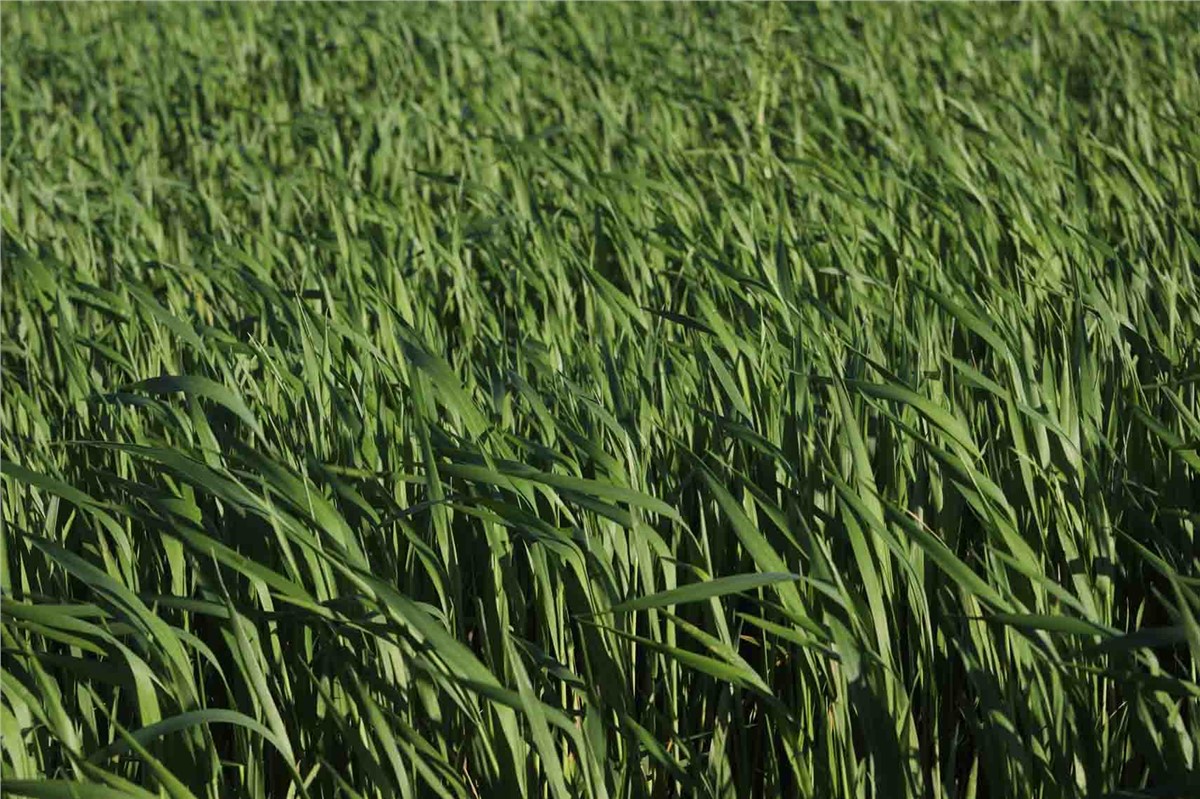
Tall fescue lawns are susceptible to a variety of pests and diseases, but proper cultural practices can help minimize the risk of infestation. Maintaining proper soil fertility and moisture levels, as well as avoiding excessive thatch buildup, can help reduce pest and disease pressure.
Common pests of tall fescue lawns include grubs, billbugs, and armyworms, which can cause damage to the grass roots and foliage. Regular monitoring and early intervention are key to preventing significant damage from these pests. Disease management in tall fescue lawns often involves cultural practices such as proper watering, mowing, and fertilization, as well as the use of fungicides when necessary.
Start With Professional Lawn Care!
Caring for a tall fescue lawn requires attention to detail and a commitment to proper cultural practices. By understanding the unique characteristics of tall fescue grass and implementing a comprehensive maintenance plan, homeowners can enjoy a lush, resilient lawn year-round. With the right care and attention, your tall fescue lawn can be a source of pride and enjoyment for years to come. Of course, the best way to do this is to call a professional lawn care provider near you.
Professional services will have the information needed to ensure that your lawn is never overfertilized, underwatered, or otherwise neglected in any way. Call Simple Lawns today for more information on how to get the most out of your tall fescue lawn!
Subscribe to Simple Lawns's Blog




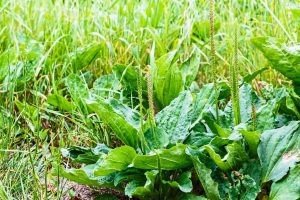
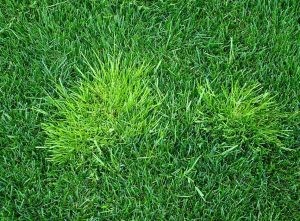
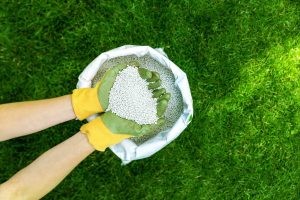
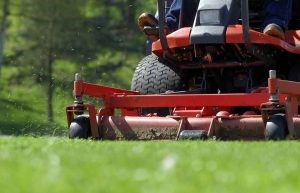

Comments